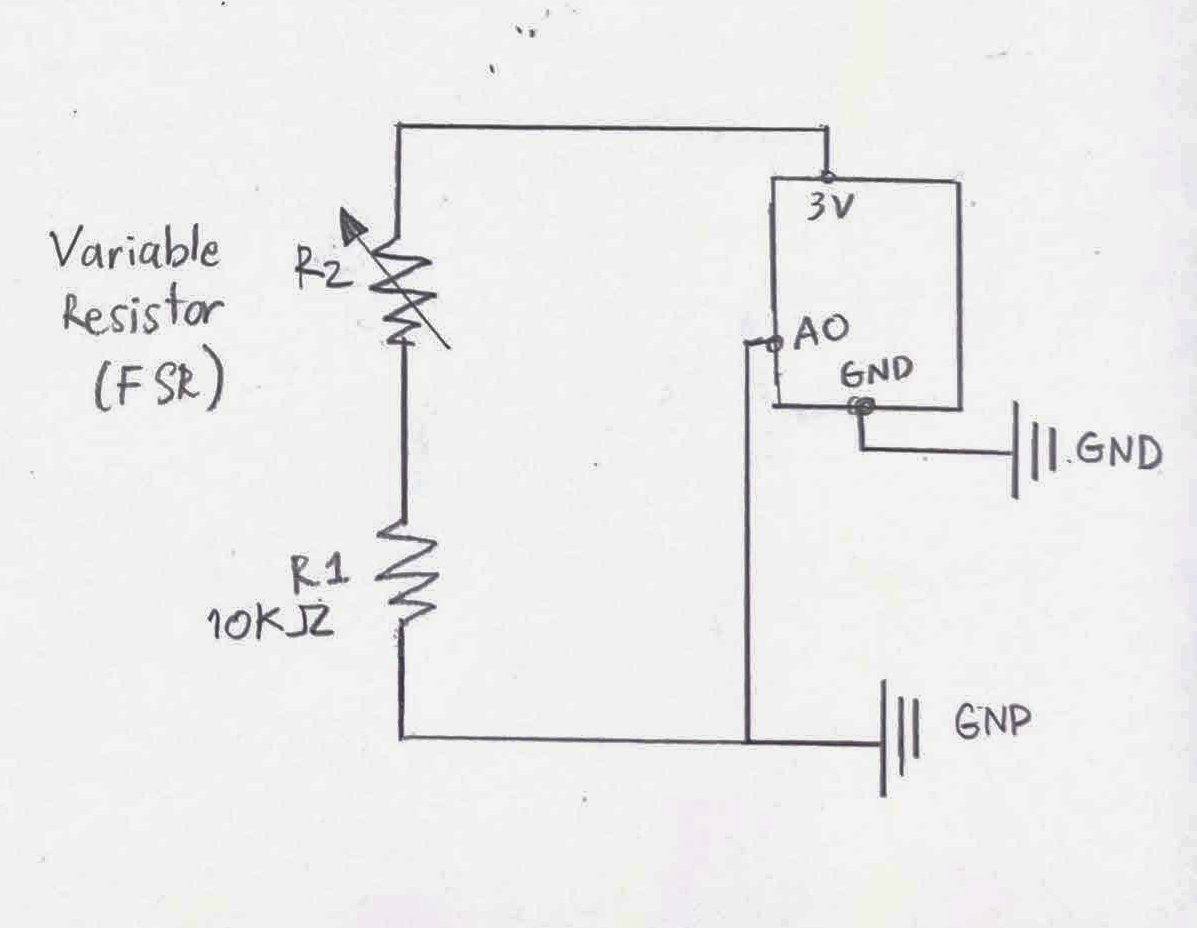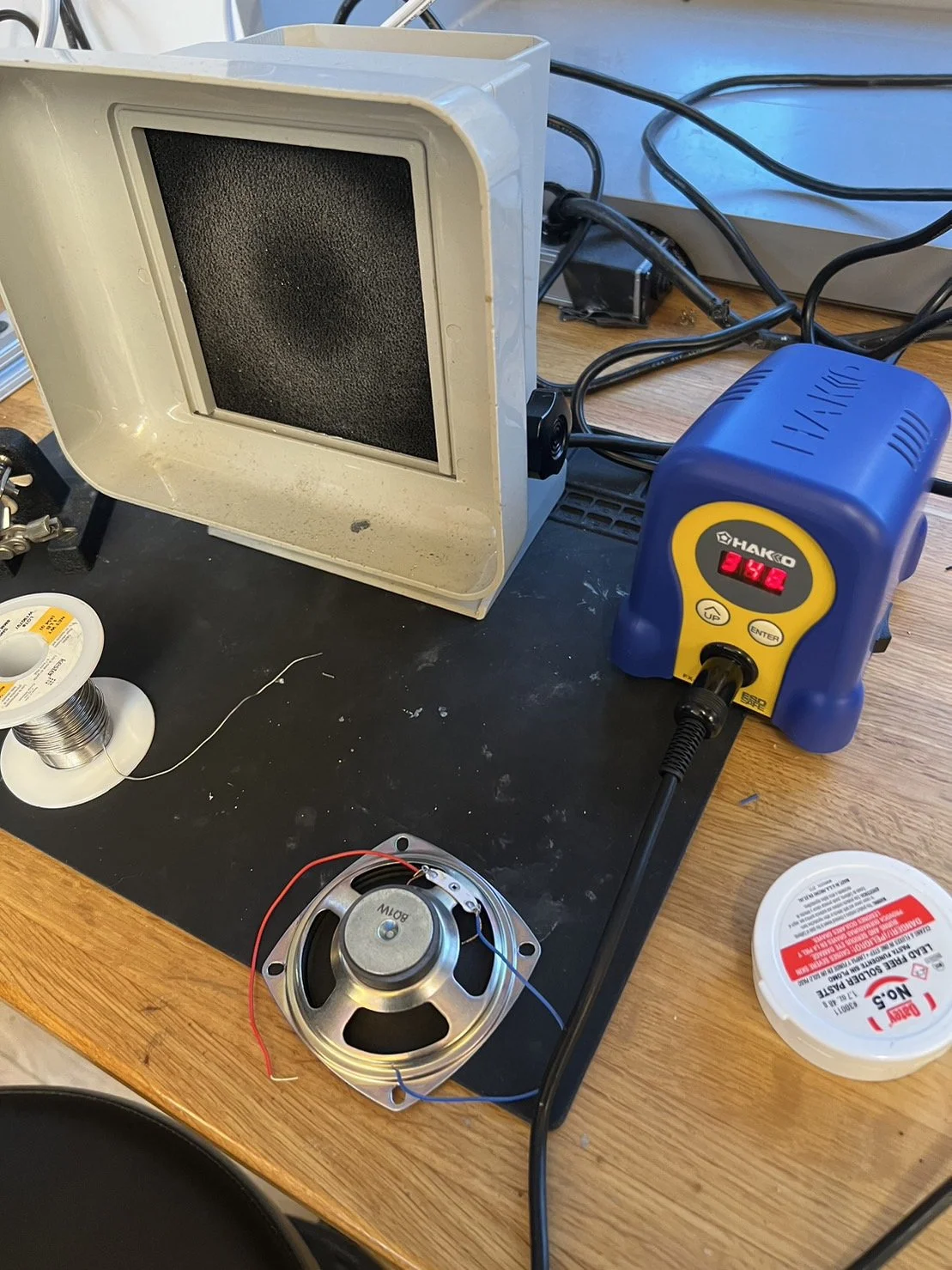
Class 04
Class 04
Physical Computing Review Questions 3:Analog Input and Output
The resolution of the output from Arduino’s analogWrite() command 0-255. The analogWrite() function output's numeric range is 0 (completely off) to 255 (entirely on).
The property of the pulses is controlled by the tone() = the frequency of the square wave which can be used to create different musical notes.
For example, tone (8,440,1000), will generate a 440 Hz- 1000 Hz square wave on pin 8.
A reading of 10. Assume an analog input voltage range from 0 to 5 V. What is the voltage of your reading?
From 1023 > reading 10
from 5v = reading (10 / 1023 ) *5
= 0.048875 volts
Write a program to read an analog input on an Arduino, map the result to the range, and fade an LED.
Analog input with potentiometer
Reading
A work of art is a work of expression. It’s a statement. Interactive work is different.
The thing that we create, whether a machine or an entire environment, is simply the start of a dialogue with the audience of our work. You are developing an atmosphere or an instrument (or both) to allow your audience to interact with you. Ideally, people will comprehend what you're trying to say through that encounter.
Therefore, avoid considering an interactive artwork as a finished painting or sculpture. It is more of a performance in your mind. People who experienced what you've created completed the project for you.
Making Interactive Art: Set the Stage, Then Shut Up and Listen
PUBLISHED 21 AUGUST 2012 BY TIGOE






